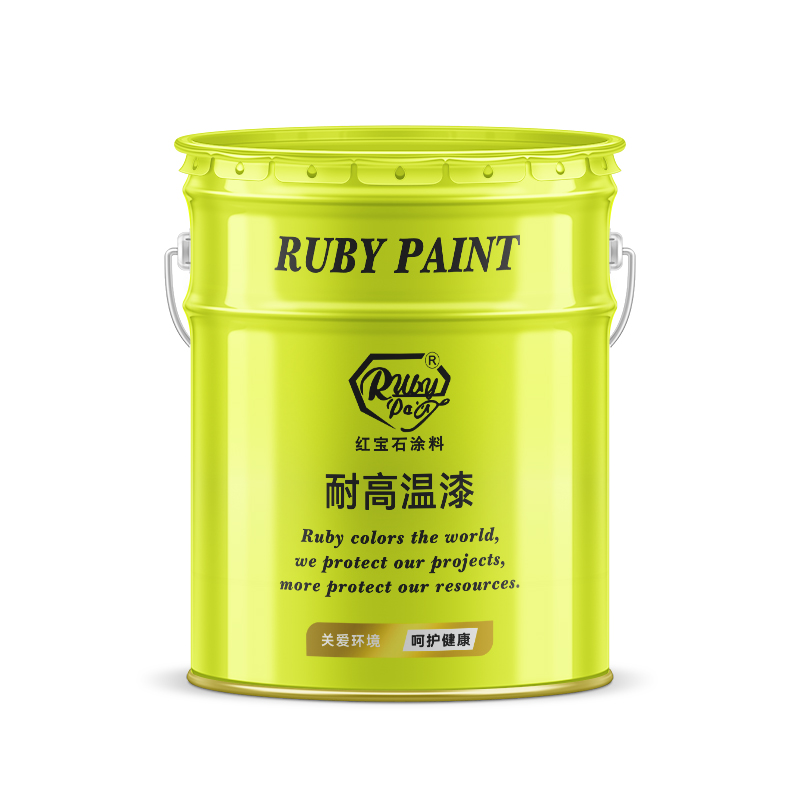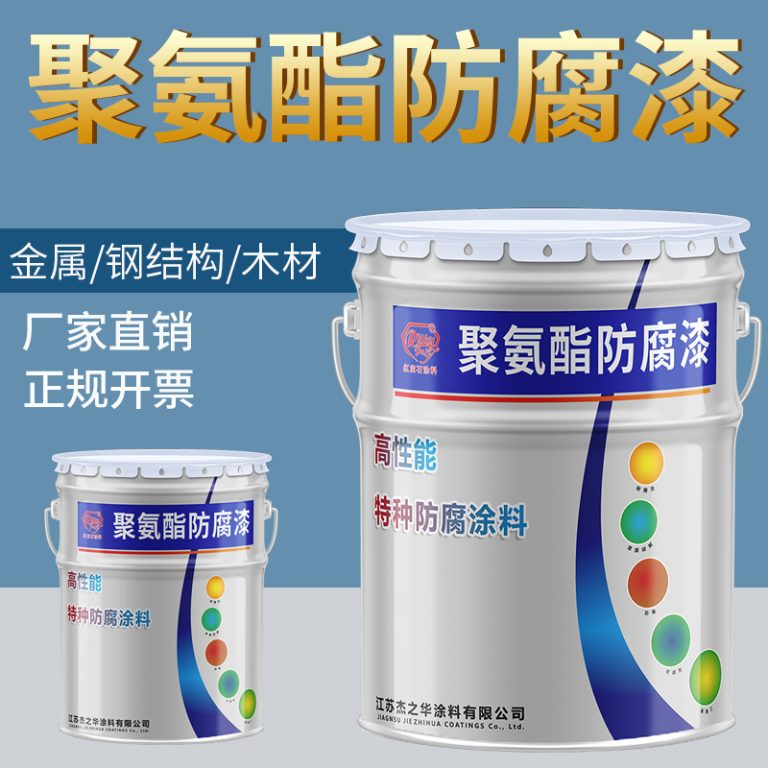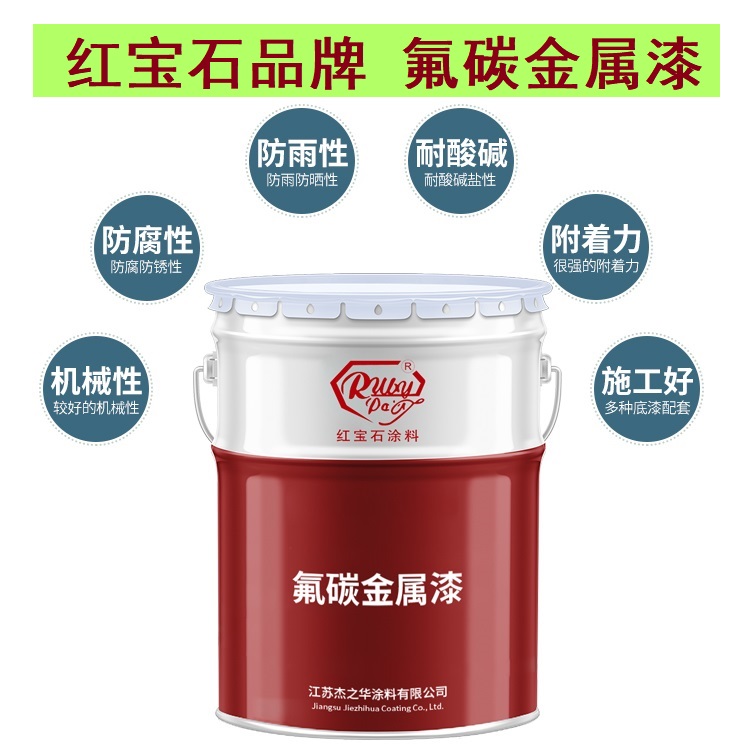Table of Contents
The Benefits of Using Organic Zinc Rich Primer for Corrosion Protection
Title: The Benefits of Using Organic Zinc Rich Primer for Corrosion Protection
In the realm of industrial coatings, the battle against corrosion is a perpetual challenge. Corrosion, the gradual destruction of materials by chemical and electrochemical reactions with their environment, can lead to structural failures, safety hazards, and significant economic losses. To combat this pervasive issue, organic zinc rich primers have emerged as a formidable line of defense, offering a unique combination of properties that make them an ideal solution for protecting a wide range of metal surfaces.
One of the primary benefits of using an organic zinc rich primer is its superior adhesion properties. The organic resins used in these primers are designed to form a strong bond with the metal surface, which is crucial for long-term protection. This strong adhesion reduces the likelihood of the coating peeling or flaking away, ensuring that the zinc can continue to provide its protective action over an extended period.
| Serial No. | Name |
| 1 | Epoxy Zinc rich paint |
Furthermore, organic zinc rich primers are highly flexible, which allows them to withstand the expansion and contraction of metal surfaces due to temperature fluctuations without cracking. This elasticity is particularly beneficial for structures that are exposed to varying weather conditions, as it maintains the integrity of the protective coating even under stress.
Another advantage of organic zinc rich primers is their ease of application. They can be applied using conventional painting techniques, such as brushing, rolling, or spraying, without the need for specialized equipment. This versatility simplifies the application process and makes it accessible for a wide range of projects, from small-scale repairs to large industrial applications.
In addition to their protective qualities, organic zinc rich primers also serve as an excellent base for topcoats. They provide a smooth and receptive surface that enhances the adhesion of subsequent layers of paint. This compatibility is essential for achieving a high-quality finish that not only looks professional but also extends the lifespan of the entire coating system.
Moreover, organic zinc rich primers are formulated to be less hazardous to the environment and the applicators. They typically contain lower levels of volatile organic compounds (VOCs) compared to traditional solvent-based primers, which contributes to a safer working environment and helps in meeting increasingly stringent environmental regulations.
In conclusion, the use of organic zinc rich primers offers a comprehensive solution for corrosion protection. Their ability to provide cathodic protection, coupled with excellent adhesion, flexibility, and ease of application, makes them a preferred choice for safeguarding metal structures. Additionally, their compatibility with topcoats and reduced environmental impact further enhance their appeal. As industries continue to seek efficient and effective ways to prevent corrosion, organic zinc rich primers stand out as a reliable and sustainable option, ensuring the longevity and safety of metal assets in a variety of settings.
How to Apply Organic Zinc Rich Primer for Optimal Performance
Organic Zinc Rich Primer: Ensuring Optimal Performance Through Proper Application
The application of organic zinc rich primer is a critical step in protecting metal surfaces from corrosion, particularly in harsh environmental conditions. This type of primer is favored for its ability to provide sacrificial protection to steel, acting as a galvanic barrier that prevents rust. To achieve optimal performance from an organic zinc rich primer, meticulous attention to the application process is essential.
Before initiating the application, surface preparation is paramount. The metal surface must be clean, dry, and free from any contaminants such as oil, grease, or existing rust. This can be accomplished through methods such as solvent cleaning, power tool cleaning, or abrasive blasting, with the latter being the most effective for achieving the ideal surface profile. A well-prepared surface ensures that the primer adheres properly, which is crucial for long-term protection.
Once the surface is ready, stirring the primer thoroughly is the next step. Organic zinc rich primers contain metallic zinc particles that can settle at the bottom of the container. A homogeneous mixture is necessary to ensure that the zinc is evenly distributed throughout the coating. Failure to mix the primer adequately can result in inconsistent protection, with some areas receiving less zinc than required.
The method of application is another factor that influences the performance of the primer. Brushing, rolling, or spraying are common techniques, with spraying often preferred for its ability to provide a uniform and smooth finish. When spraying, it is important to maintain the correct distance and angle to the surface to avoid runs or sags. Over-application should be avoided as it can lead to cracking or peeling of the primer once it dries.
The thickness of the primer layer is also a critical consideration. Manufacturers typically specify a recommended dry film thickness (DFT) range, which must be adhered to for the primer to perform effectively. Applying too thin a layer may not provide sufficient zinc for galvanic protection, while too thick a layer can compromise the adhesion and flexibility of the coating. It is advisable to use a wet film thickness gauge during application to ensure that the correct DFT will be achieved once the primer dries.
Environmental conditions during application play a significant role in the performance of organic zinc rich primers. Temperature and humidity can affect the drying and curing of the primer. It is generally recommended to apply the primer in conditions that are not too cold, hot, or humid, as these extremes can hinder proper film formation. Additionally, it is important to check the weather forecast to avoid rain or dew, which can damage the primer before it has had a chance to properly set.
Finally, after the application of the primer, adequate curing time is essential before applying any topcoats. The primer needs to be fully cured to form a solid, cohesive film that will bond well with subsequent layers. Rushing this process can lead to inter-coat adhesion problems and ultimately, failure of the entire coating system.

| No. | Article Name |
| 1 | Industrial paint |
In conclusion, the application of organic zinc rich primer is a meticulous process that requires careful preparation, precise application, and patience during curing. By adhering to these guidelines, one can ensure that the primer provides the maximum level of protection against corrosion, thereby extending the life of metal structures and components. Proper application is not just a matter of following steps; it is an investment in the longevity and durability of the protected surfaces.






